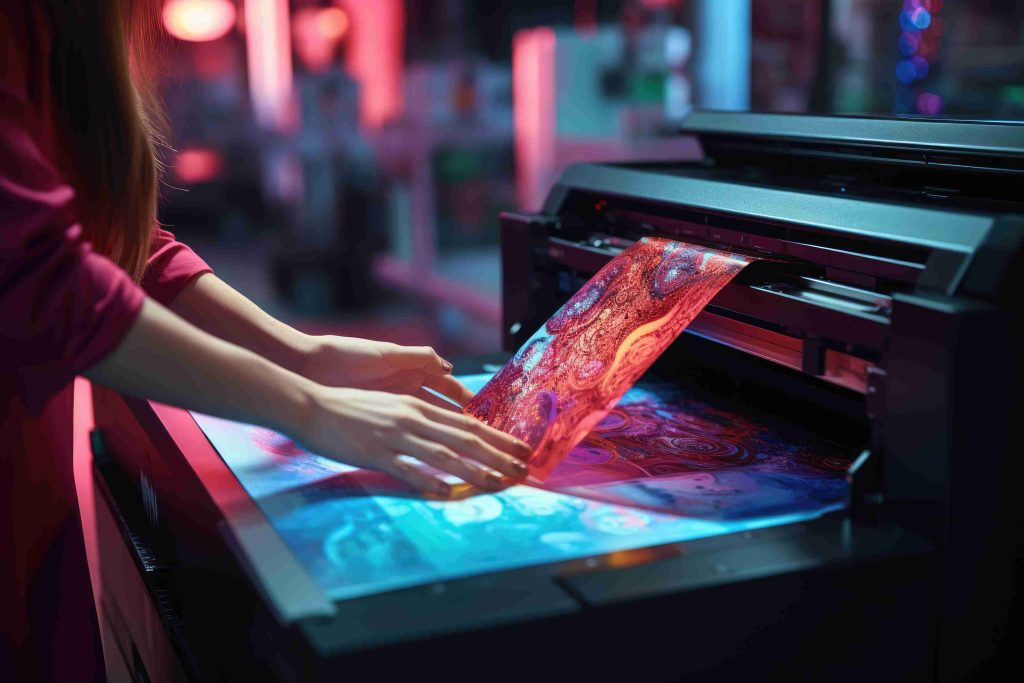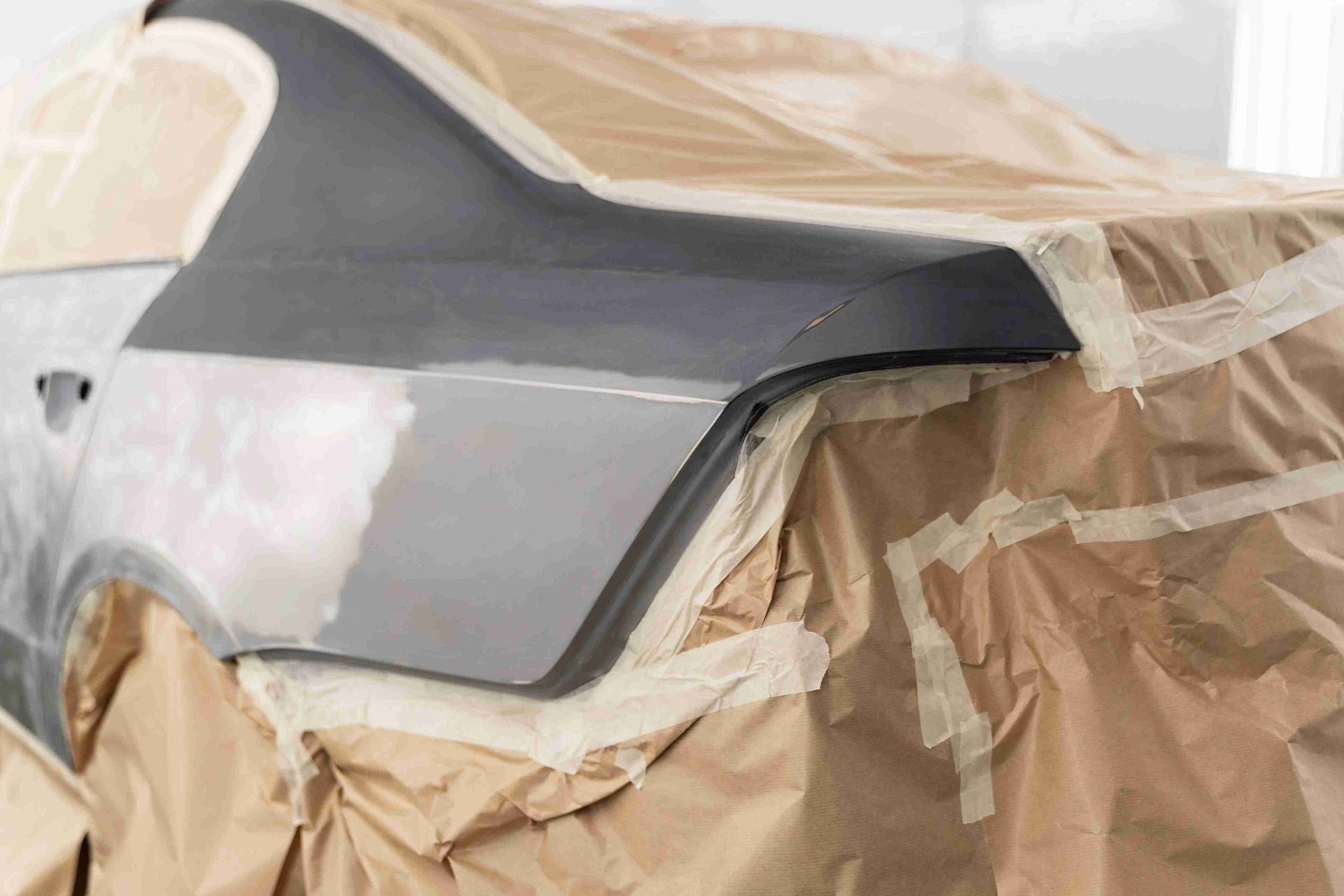Artificial intelligence and printing technology are coming together and redefining the precision and customization of manufacturing. In the textile and design industries, DTF printers (Direct-to-Film printers) are becoming increasingly popular for their ability to produce vibrant, detailed, and durable prints on fabric.
Now, with the integration of cutting-edge computing platforms like Jetson AGX Orin, these printers are stepping into a new era of automation, image enhancement, and real-time optimization.
This article explores the intersection of DTF printing and AI, specifically how the Jetson AGX Orin platform is transforming textile printing into a more adaptive, intelligent, and scalable solution.
What is a DTF Printer and How Does It Work?
A DTF (Direct-to-Film) printer is an online printing system which is mostly applied in textile industry to pri
nt high quality designs on fabrics. Contrary to conventional DTG (Direct-to-Garment) printing, DTF printing does not presuppose fabric pre-treatment. This is done by printing a design into a special PET film by textile ink and then the film is coated with hot-melt adhesive powder. The design is then heat-pressed on a garment after the adhesive has dried, creating a bright and remains image.
DTF printers are praised for their ability to print on a wide variety of materials, including cotton, polyester, nylon, and blends. Small-batch and custom apparel production is a favorite because they are flexible and use less material. Also, DTF prints are more stretchy, washable, and colorful.
The main components of a DTF printer include the inkjet printhead, adhesive application unit, curing unit, and transfer system. As they become more and more automated, these printers make the design-to-fabric process more efficient, and offer designers and manufacturers a fast, stable solution to producing high-quality results.
Advancements in DTF Printer Technology and Image Precision:
Modern DTF printers have undergone significant technological advancements, particularly in precision, speed, and usability. The newer models can now have greater DPI (dots per inch) which allows them to print very fine patterns and gradients to an extremely detailed level. Better printhead technology guarantees a better control of ink droplets, less bleeding and color accuracy.
Adhesive powders have become optimized, and temperature control systems enable a smoother transfer with a reduced possibility of film cracking and peeling. In addition, there are dual-head and multi-pass systems that have enhanced faster production without compromising quality. RIP (Raster Image Processor) advances also enable the user to preview and optimize color layers prior to printing, reducing workflow and eliminating trial-and-error waste.

The upgrades not only enhance the quality of output but also cut on energy consumption and operational costs. Still, even with these advancements, the challenge lies in real-time error correction, adaptive color profiling, and process optimization—all areas where AI-powered platforms like Jetson AGX Orin offer powerful new possibilities.
Introduction to Jetson AGX Orin and Its AI Capabilities:
Developed by NVIDIA, the Jetson AGX Orin is an AI computing platform designed for edge devices requiring high-performance, low-latency processing. It has an integrated GPU capable of up to 275 TOPS (trillions of operations per second) of AI, a 12-core Arm Cortex CPU, and enhanced image processing.
Jetson AGX Orin supports modern AI frameworks and deep learning models, making it ideal for tasks such as real-time object detection, image classification, and predictive analytics. It also allows the edge devices to be able to process the data on-site, which lowers the reliance on cloud servers and enhances the response time. This performance in edge AI is especially useful in manufacturing where decisions are time critical and local feedback loops are a requirement.
By embedding Jetson AGX Orin into smart machines, developers gain access to advanced computer vision, robotics integration, and autonomous system capabilities. These features make it a natural fit for integration with modern DTF printers, where real-time monitoring, image enhancement, and process optimization are increasingly in demand.
Integrating Jetson AGX Orin into Printing Systems:
Integrating the Jetson AGX Orin into DTF printer systems enables real-time data processing and machine learning-based control. By integrating this platform in the printing technology, manufacturers can add smart capabilities like:
- Real-time image correction based on surface variations
- Adaptive ink flow regulation using computer vision feedback
- Predictive maintenance by analyzing printer wear patterns
- Environmental sensing to auto-adjust print parameters based on humidity or temperature
With its deep learning capabilities, Jetson AGX Orin can interpret visual input from high-speed cameras, compare it against reference models, and make instant adjustments to improve output quality.
How Jetson AGX Orin Enhances the Performance of DTF Printers?
When Jetson AGX Orin is combined with DTF printers, the results are significant improvements in speed, precision, and automation. Intelligent color correction- this is one of the main improvements, which is based on the application of AI models trained to detect slight imperfections in the alignment of the pictures or the spread of colors. This will translate to less reprints and higher first-pass success rates.
Jetson offers also predictive ink control, whereby the size and layering of the droplets are dynamically adjusted according to the complexity of the designs and the type of fabrics. This makes the best use of the ink and enhances the final visual performance.
In addition, the platform allows automated fault detection-identifying printhead misfires or film misalignment before the problem wrecks a complete print run. These AI-powered insights decrease material wastage, downtime, and eventually offer increased value in production to custom textile-making companies.
Benefits of AI-Driven DTF Printing in Custom Textile Production:
The integration of AI through platforms like Jetson AGX Orin is transforming custom textile production by addressing the key needs of modern print-on-demand businesses: speed, accuracy, and scalability. AI enabled DTF printing is more repeatable and has lower human error, which guarantees consistency in batch productions.
It is also quicker and more accurate to customize since the AI will be able to predict the best printing conditions based on the specific type of fabric or the type of design. This will shorten setup time and enable it to have higher throughput in shorter time, which is suitable in small businesses, online merchants, and custom goods.
Additionally, the use of AI enhances sustainability by wasting very little ink, limiting the number of misprints, and cutting down on energy use. These benefits are essential in a competitive market- it gives businesses the necessary competitive advantage- to respond to the increasing demand of high quality, eco-friendly and quick turnaround textile products.
Conclusion:
The synergy between DTF printers and Jetson AGX Orin is setting a new standard for textile manufacturing. Using a combination of high-resolution printing technology and artificial intelligence based on edges, businesses can now produce faster, smarter and more sustainable. Automated quality control to intelligent customization, this combination of hardware and artificial intelligence is the next horizon in digital printing. With the increasing need to personalize and make things more efficient, AI-based DTF systems will become an indispensable part of the global creative economy.




